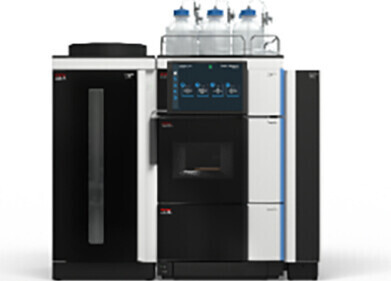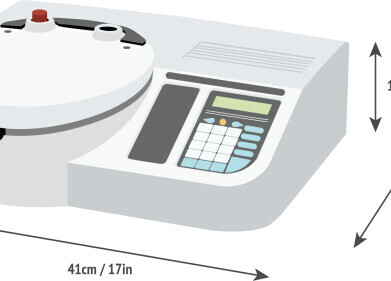Chromatography
Energy Supplier of the Future?
Jan 10 2012
In the past months and years bio fuels had the reputation to generate a social and environmental dilemma. For example, in developing countries large areas were cleared and used for sugar cane bio fuel monocultures or similar and therefore were at the same time unintentionally in competition with the production of food. Inevitably, this well-known problem leads to the development of more climate friendly and socially acceptable uses of second generation bio fuels.
For the production of the second generation bio fuels not the starch respectively oil containing plant parts are used, but rather only the cellulose-containing parts of the plant. This means the starch containing plant parts, like for example the maize kernels, can still be used for the production of food.
Bio ethanol is produced and obtained via bio catalysis (fermentation) and bio process technology. In order to run such well-engineered bio process technology plants, as a rule, a preparation of the lignocellulose containing residual material is required. Not only the degree of the comminution (particle size) due to the installed technical components of the plant and the built-in measurement instrumentation and control systems play a part, but rather what seems even more important is the produced by the comminution high surface and the associated residence time and fermentation period in the bio-fermenter. Hereby the used micro organisms and enzymes are given the opportunity in a time- and resource saving approach to achieve the highest possible plant effectiveness.
For the comminution of the residual plant matter in many pilot plant stations and pilot installations Fritsch Cutting Mills are utilised. Here especially the Universal Cutting Mill PULVERISETTE 19 in combination with the sample exhauster the cyclone separator.
Advantages of this system include the ease of handling during cleaning and the exchange of the cutting tools. Due to the patented Fritsch sample exhauster it is possible to produce sufficiently large amounts of bio mass with a particle size distribution from up to smaller than 250μm, which then can be transferred to the fermentation plants without any problems. The directed high volume air current of the Fritsch patented sample exhauster of 2800 l/min minimises thermal load during the grinding process and is a secure protection against clogging of the sieve cassettes und enables therefore a high sample throughput.
Digital Edition
Lab Asia Dec 2025
December 2025
Chromatography Articles- Cutting-edge sample preparation tools help laboratories to stay ahead of the curveMass Spectrometry & Spectroscopy Articles- Unlocking the complexity of metabolomics: Pushi...
View all digital editions
Events
Jan 21 2026 Tokyo, Japan
Jan 28 2026 Tokyo, Japan
Jan 29 2026 New Delhi, India
Feb 07 2026 Boston, MA, USA
Asia Pharma Expo/Asia Lab Expo
Feb 12 2026 Dhaka, Bangladesh



















